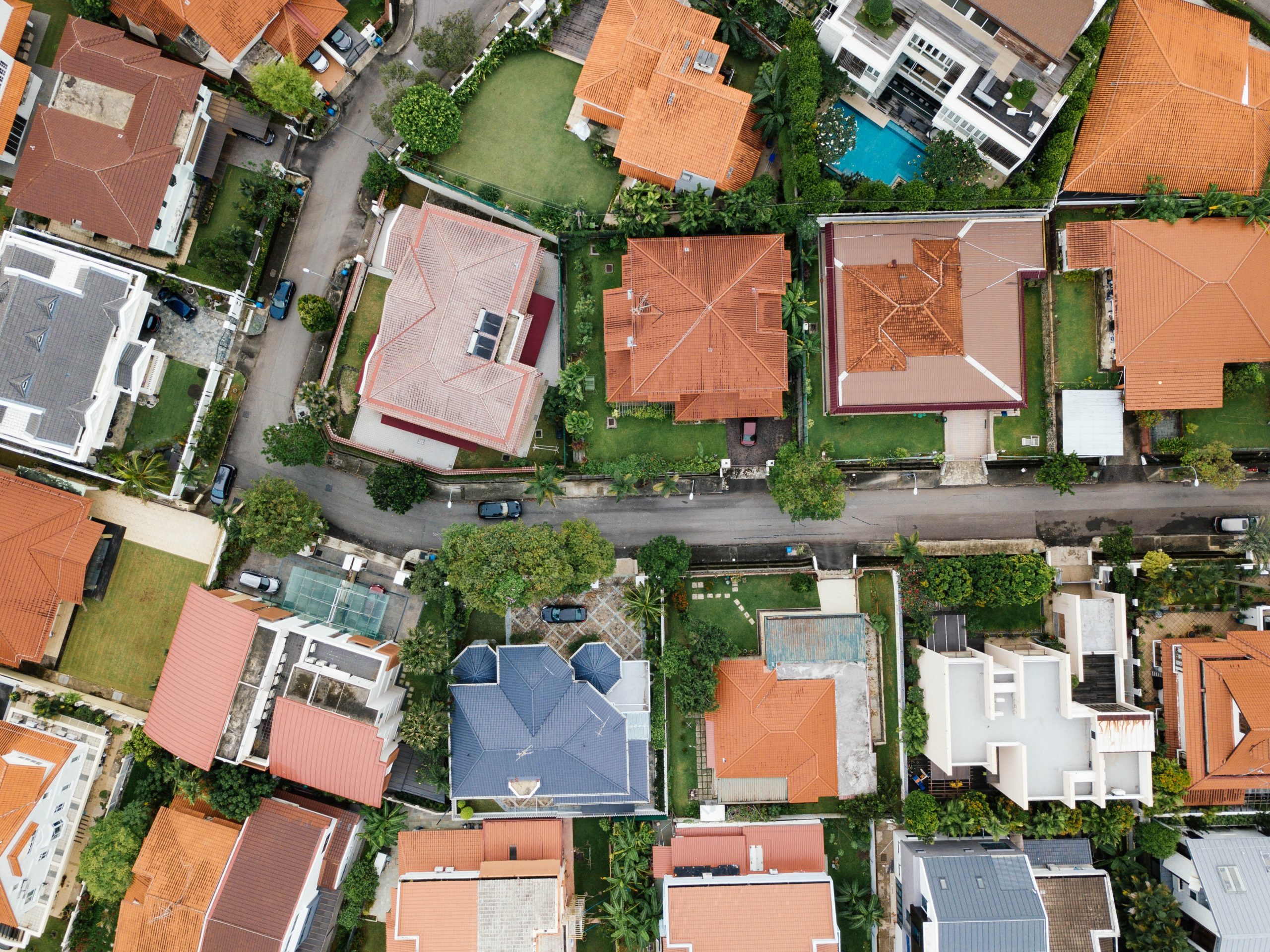Are you considering investing in a fix and flip property or starting a house flipping business? It’s important to learn as much as you can about this type of real estate investment before getting started. Flipping houses is a fast-paced investment strategy typically completed within 12 months, barring any issues that can slow down the process. Investing in the right property for your first flip will ensure you walk away with revenue to fund your next fix and flip project. Continue reading to learn what you need to know to start flipping houses.
8 Things to Consider Before Flipping a House
Finding an ideal property for your first flip that will sell quickly and provide a profit after the sale is determined by a number of factors. Ask yourself these important questions when considering your first fix and flip property to determine if it’s the right investment for you.
- What is the asking price for the property?
- What was the selling price of other properties in the neighborhood over the last 6-12 months?
- Are property values in the area increasing, decreasing, or remaining stable?
- What are 3-5 comparable properties to the property you’re considering investing in? What did those properties sell for, and were they renovated or in a similar condition to your potential property?
- What work needs to be completed to make your potential property at least as good as the comparable properties? How about work needed to make it better than those properties? How much is that work going to cost and how long will it take to complete it? Answering these questions will help you determine a realistic budget for the project.
- What type of financing do you need to purchase and flip the property? Are there costs associated with obtaining the financing?
- What are the holding costs? Be sure to account for the monthly principal, interest, and fees. Additional costs include property taxes, insurance, and utilities.
- Once the property is renovated and under contract, what selling costs need to be factored into the transaction?
Only after you’ve explored the answers to these questions can you effectively analyze the property and determine if it’s worth moving forward for a fix and flip project.
How to Determine the Value of Real Estate Investment Property
Once you have the answers to the questions listed above, it’s time to calculate what you’re willing to pay for the property in question. This is a simple math calculation that starts with the list price. Here’s how to calculate it:
Step 1: Take the list price and subtract the costs required to bring the property to the current market value. The market value refers to the renovations and repairs that need to be completed on the property so it is comparable to most of the surrounding properties.
Step 2: Add a profit margin of 35-50%. This is the standard range in the real estate investment industry.
Step 3: Subtract a contingency of 5-10% from the purchase price for unexpected expenses that are common in a real estate transaction. This percentage typically depends on the market and the property itself.
After this calculation, you’ll have an approximate price of what you might pay for the property. Your next step is to compare that price to the property’s asking price and see if it’s within your budget.
[ RELATED: How to Start Flipping Houses in 7 Easy Steps ]
How To Maximize Profit on a House Flip
Determining the value of a flipped property investment requires a different mindset than that of purchasing a family home. Things to consider include the current market price of properties, comparable properties sold in the market in “as in” condition, and the work required to obtain the best possible rate of return. All of these factors determine the final selling price of the property and the profit to be returned from the investment.
Where to Find Fix and Flip Houses
Many beginners in the house flipping business often ask about the best methods to find properties. Although sometimes it comes down to who you know, there are many ways to find properties without breaking the bank. Here are some of the most common, affordable strategies to consider:
Bandit Signs
Bandit signs are an easy way to get people calling. They are small signs placed on street corners in neighborhoods. Usually they advertise something along the lines of “Sell Your Home for Cash” to attract buyers that want to sell immediately.
Direct Mail
There are several tools available to help you define and determine the best targets for a direct mail campaign. If done correctly, this method can put you in front of several potential sellers of properties.
Business Cards
While everything is moving online and electronically, old fashioned business cards still generate a Believe it or not, old-fashioned business cards still have the potential to generate business. Hand them out to everyone you come across and ask them to pass it along to anyone they know who may be interested in selling their home. The results may surprise you.
When it comes down to it, taking action to spread the word – no matter what that action may be – is going to help you get the results that you’re looking for.
Fix and Flip Hard Money Lenders in Texas and Tennessee
We hope that information helped you discover what you need to know to start flipping houses. If you’re ready to get started, we’re here to help.
Loan Ranger Capital is the top fix and flip lender in Texas and Tennessee. We offer competitive hard money loans with rates as low as 7.9%. Better yet, you’ll be notified of your approval within 24 hours. Apply online or give us a call at (512) 220-9916 today!
